Brass_Machine
Well-Known Member
- Joined
- Aug 28, 2007
- Messages
- 1,314
- Reaction score
- 7
Waiting for more pictures. I am thinking of trying to build this one.
Eric
Eric

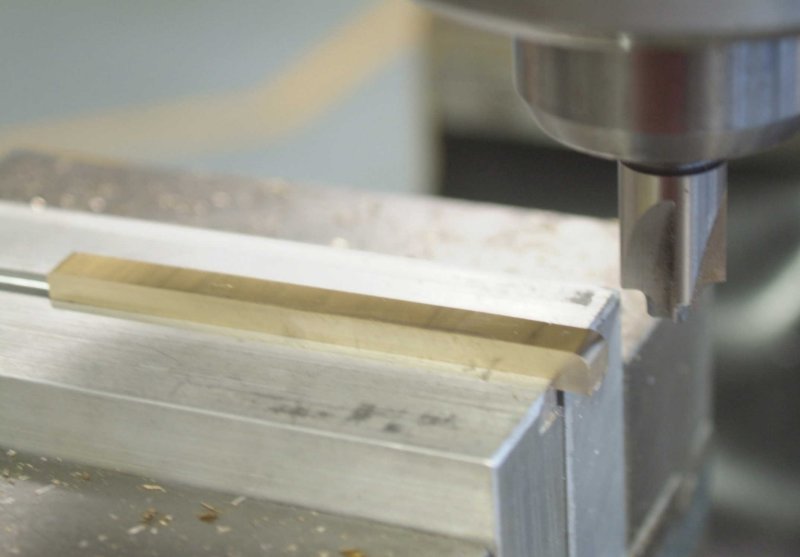
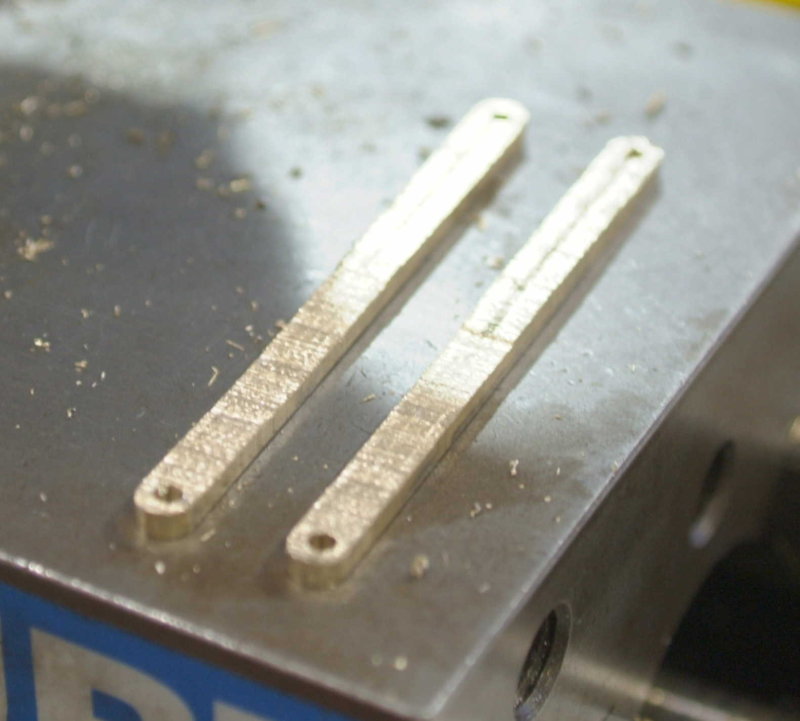
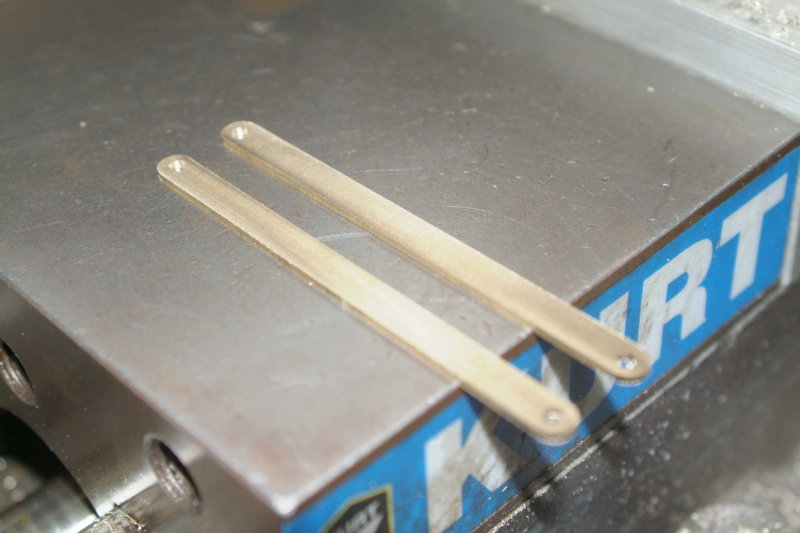
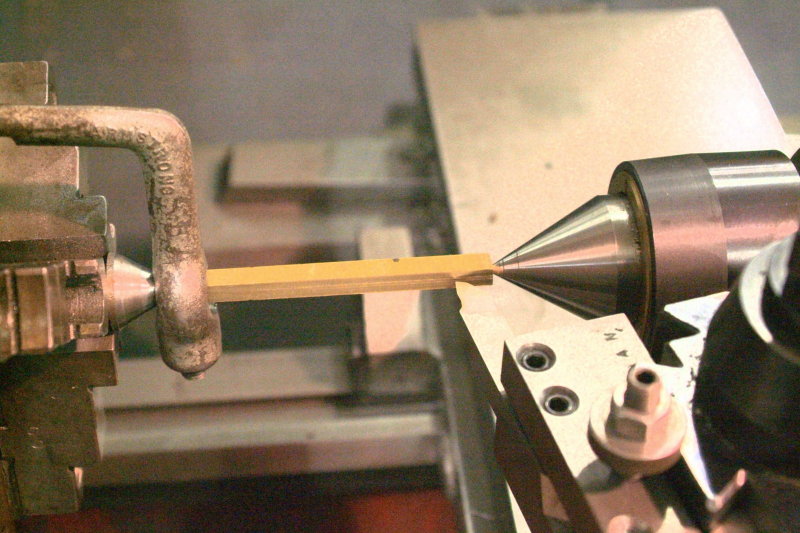
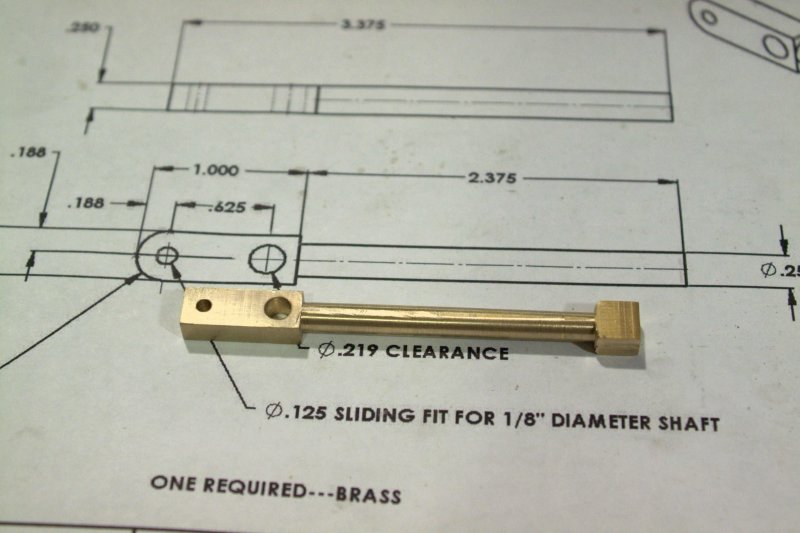
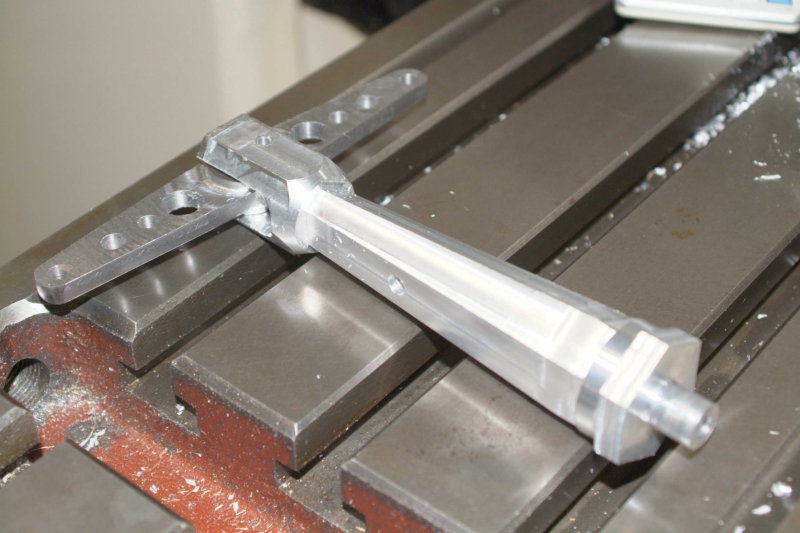
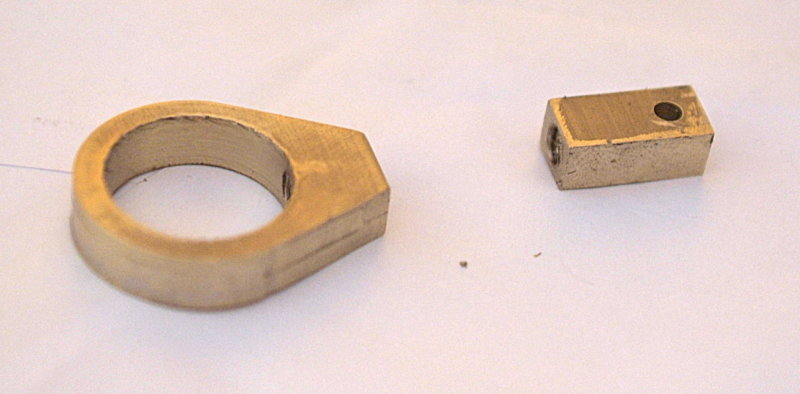
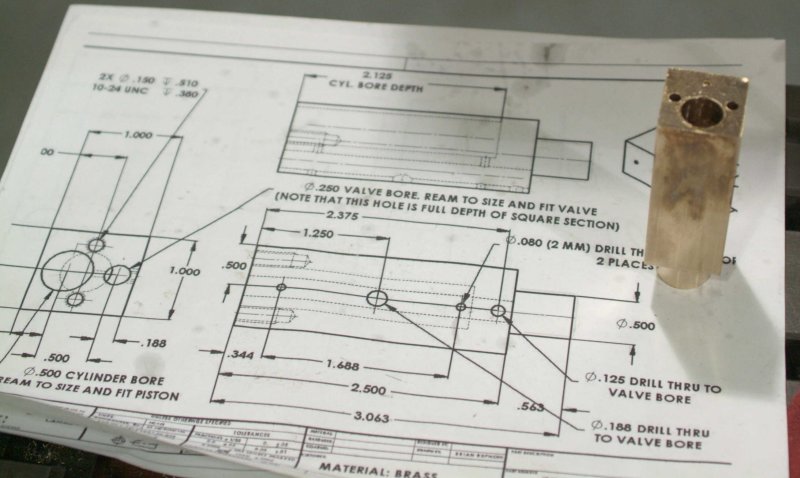
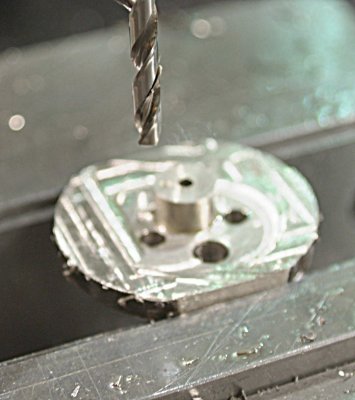
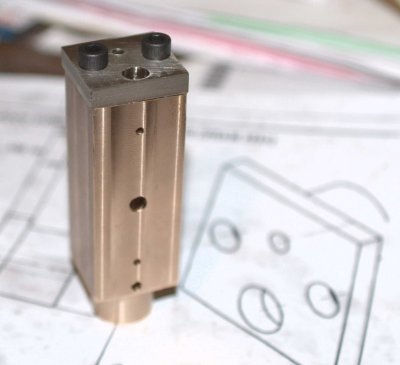
kvom said:I made up an Excel spreadsheet listing all the parts in the plans and marking those I still need to make. Looks as if I'm about 75-80% of the way done, given that three of the parts are just the rods.
Looking for advice on assembly.
I'm thinking that in cases where the plan shows "sliding fit" but is supposed to be secure (e.g., the two rods forming the crankshaft), I should be able to make these a press fit. If I ream a .25" hole then a .25" piece of drill rod pressed into the hole should be a pretty tight fit and not really need to be soldered. Am I all wet here?
For rods that need to rotate within holes, is it "OK" to ream the hole with the next size reamer, which would generally give around .003" clearance? Or is that too loose?
Assuming I'm not in left field with these ideas then I ought to be able to avoid solder and loctite almost everywhere.
Enter your email address to join: